Let’s talk about apples. Why apples?
Over the past year, I’ve gained insight and appreciation for apples: their history, as a life strategy, in new ways to eat them, and their associated health benefits. The goal of this article is to share this new found interest and recognition, and hopefully, pique similar feelings in others.
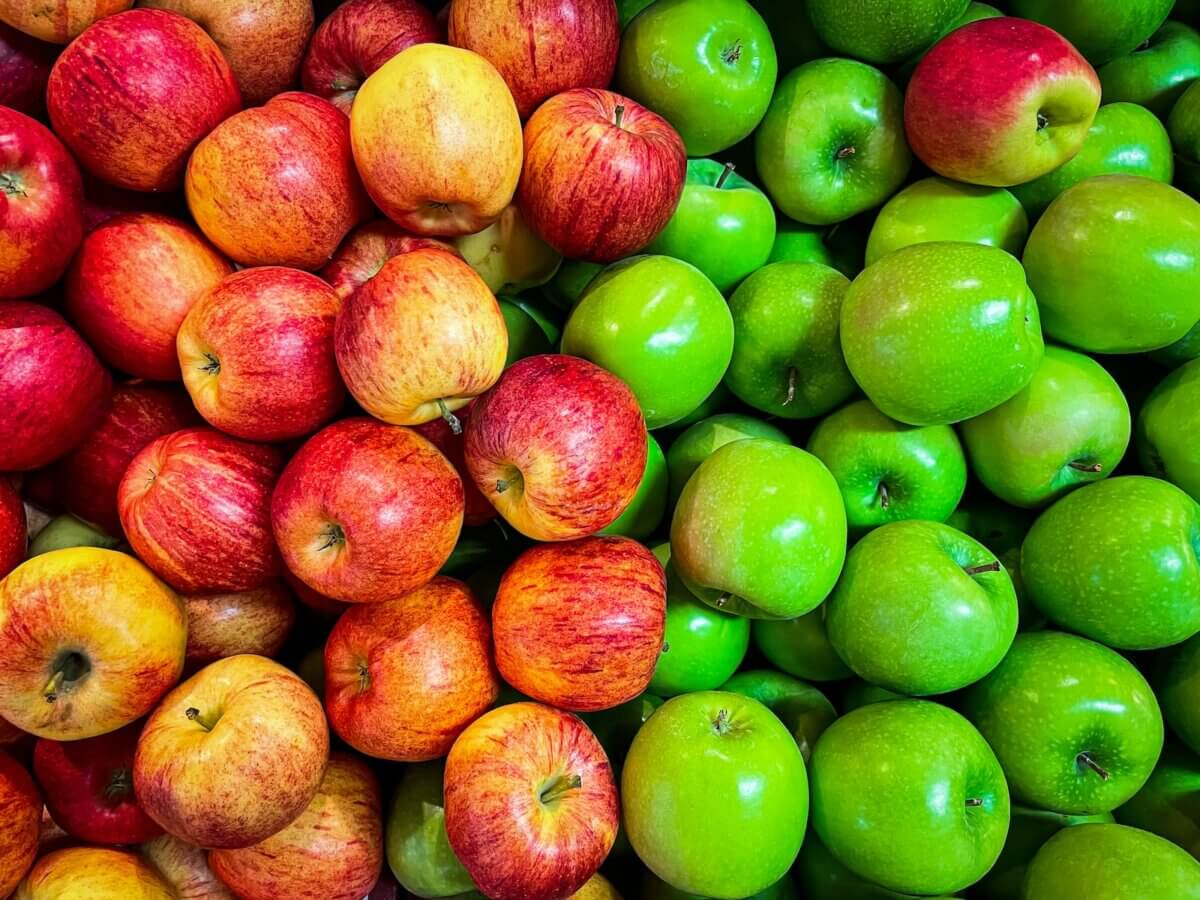
Most people I know have grown up with apples. They were a regular part of life. You see them in fruit bowls all across North America and other Western cultures. They are obviously very common, and for that reason, perhaps underappreciated. However, the fact that they are so common shows there is a lot of inherent appreciation for them. They are delicious, it’s undeniable. Not only are they tasty, they’re convenient and easy to grab and eat on the go. There’s no need for packaging and apples are hardy enough to avoid bruising when jostled in a backpack or lunchbox for a couple hours (and as I’ve found, a couple days). They stay good for a long time.
Related Post: 9 Tasty Apple Varieties You Should Try
They’re also easily prepared into a wide variety of yummy foods. From pies to oatmeal, apples go a long way. Over the centuries, many different apple varieties have emerged, and with that, every person’s individual tastes and preferences can be accounted for. More of a sweet person? Try honeycrisps or pink ladies. Not so much for the sweetness? Fuji or gala apples. How about sour? Granny smiths! There’s a flavor, color, and size for everyone.
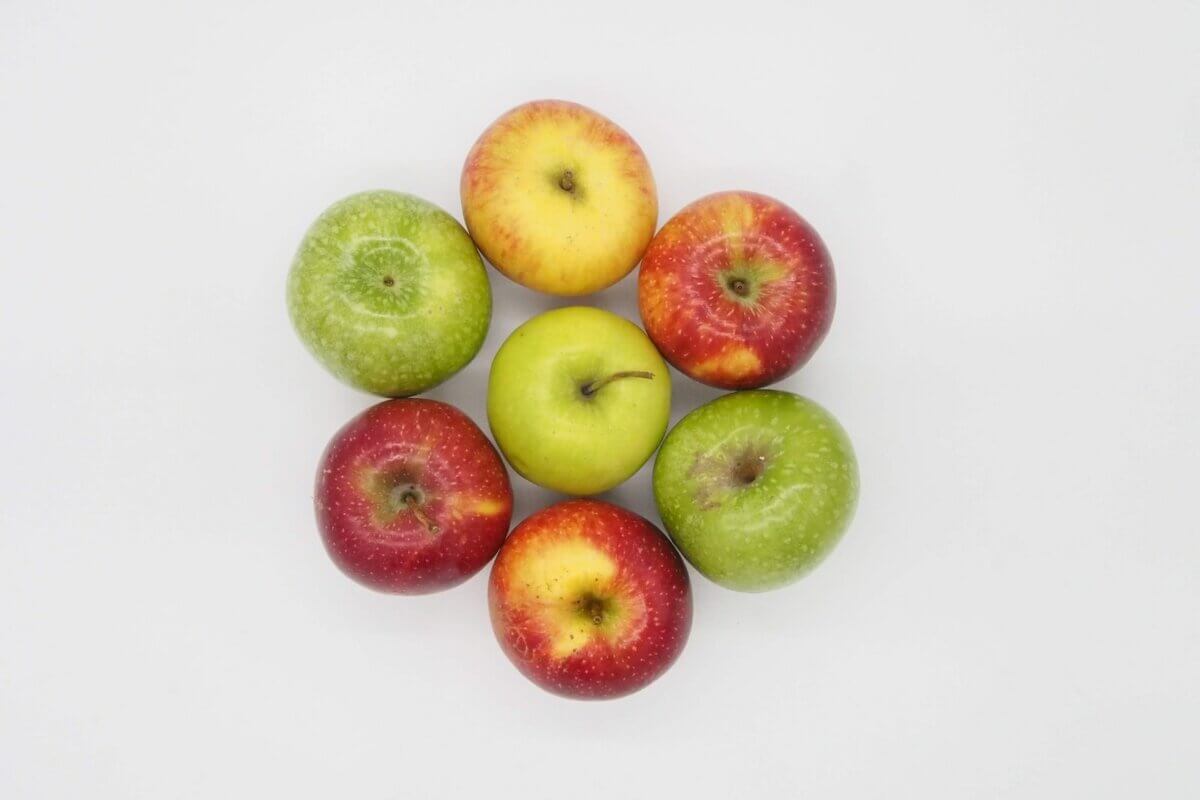
I’ve liked apples my entire life, but my true appreciation didn’t start until after I began working on an organic farm, doing hard manual labor for 50 plus hours a week. I was exhausted, and quite frankly, constantly hungry. I had, and with no exaggeration, 2 to 3 apples every day with one constantly tucked in my backpack ready for my ravenous appetite. I began realizing just how delicious they were and actively craved them. I loved the crunchiness of each bite, how juicy a fresh apple can be, and the boost of energy I would obtain from them.
*Fun Fact: An apple gives you approximately the same amount of energy as a cup of coffee.
Now, after a summer love affair with apples, I was a little burnt out on them for a while. Then I read “The Botany of Desire” by Michael Pollan and it was love all over again. If you haven’t read his book, I highly recommend it. Don’t let the title deter you as some “weird nature book.” It is a plant’s perspective of human history, and how we’ve worked for them as much as they’ve worked for us. Truly fascinating, and one of the plants covered was the apple. Much of the information I will be divulging here comes from that book.
The Modern-Day Apple’s Story
Did you know in the Tian Shan Mountains of Kazakhstan there is an ancient forest of apple trees? The ancestor of our modern-day apples comes from the Tian Shan Mountains. A walk through this forest may not bring our familiar apple acquaintances to mind though, as these apples come in all shapes, sizes, colors, and textures from football shapes to round softballs, from crisp to mushy, pudding textures, and from purples and blues to black.
You see, our familiar apple varieties are generally grown in large orchards. In these orchards are hundreds — if not thousands — of apple trees. What’s intriguing is that all these apple trees (if they are the same variety of apple) are genetically identical, and could be considered the same tree. Like one giant apple tree split into pieces. How could this be possible? And why do we grow apples this way?
Unlike many fruits and vegetables that I’m familiar with, the seeds an apple contains will likely not grow a tree that is similar to its parent. The seeds an apple produces are each genetically differentiated and grow to create a unique tree. It’s an apple tree’s evolutionary strategy to be the successful.
Why would this help an apple tree’s offspring be more successful? Let’s say an apple tree produces 100 apples, and every apple contains six seeds. That’s 600 chances at extending the longevity of the species. Let’s say some of the apples fall off the tree, land directly below the tree or disperse a little distance. Let’s say some are picked off and eaten by various animals (birds, humans, raccoons, etc.) so the seeds are spread. The environment that the seeds end up in will likely not be the same as the parent trees and will not have the same success rate as the parent tree. Even the apple seeds that germinate below the parent tree will have a different microclimate because of shade level.
With apple seeds being genetically different, it gives the apple tree the highest chance of reproductive success and survival. There are more chances at least one of the seeds will be resilient in the environment it ends up in. Therefore, to grow an apple tree that produces Fuji apples, it isn’t as simple as planting a Fuji apple seed. A Fuji apple seed could yield a tree that is similar to the parent tree. However, it’s more likely the apple tree would be very different, and contain a new variety of apples that the world hasn’t yet seen. From what I’ve read, it’s more common to produce bad tasting apples than good ones with this method.
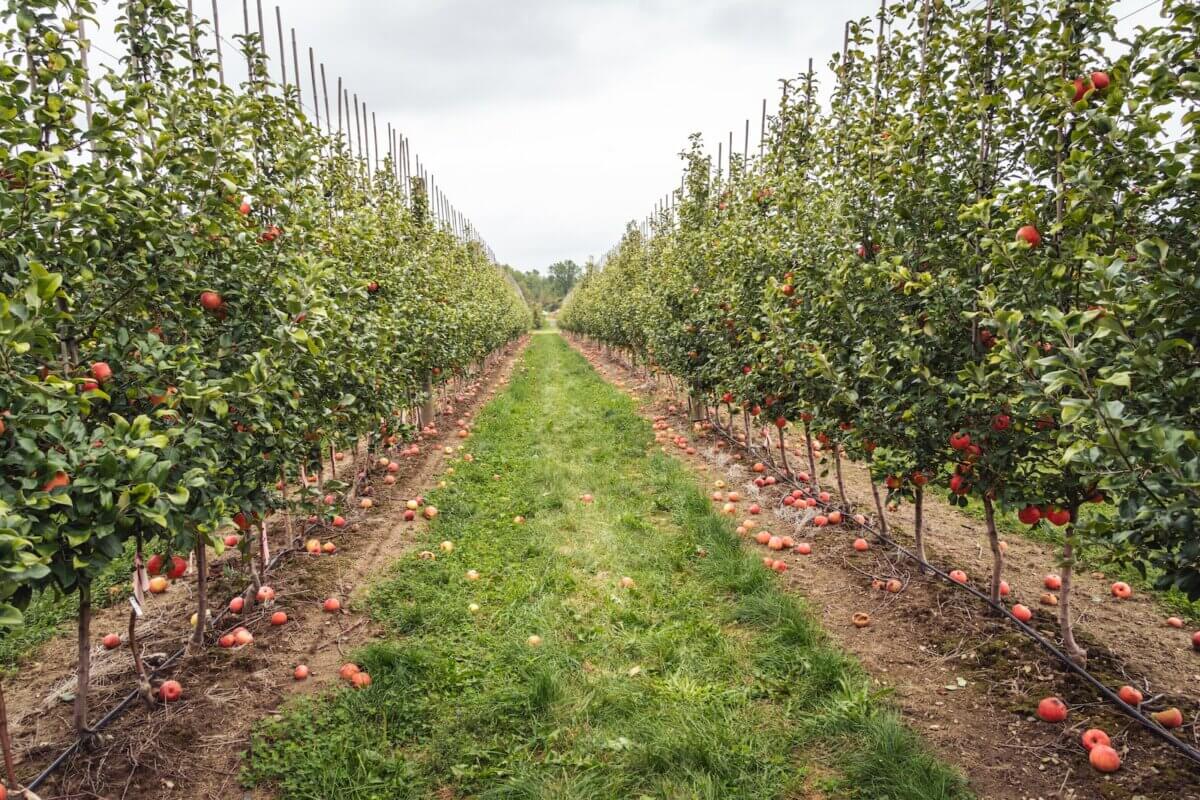
So why do apple orchards all contain the same tree, genetically speaking? Because they have to in order to produce the varieties of apples that we humans have deemed delicious. Apple orchards all contain cloned apple trees that date back to the original parent tree. It’s fascinating to think about the apple you’re eating coming from a tree that’s hundreds of years old — but it’s true (mostly). Cloned apple trees come from grafting the parent tree onto the base of another apple tree. The fruit that it yields will always be the same from the scion grafting.
Now that we know a bit of the genetic background of the apple, let’s dive more into the history. Apples became widely distributed and grown across Europe. When European settlers began colonizing North America, a man called Johnny Appleseed came along with them. Johnny carried a large sack of apple seeds, and it’s said that he was seen floating down rivers in hollowed out logs, with his apple seeds sitting beside him on another log.
Johnny moved ahead of the settler’s colonization, finding prime land, creating clearings, and sowing his apple seeds. He did this nearly all across North America. He almost seems like more of a myth than a real person, as he was said to live inside hollowed out trees, go barefoot among the forests, and be well accepted and liked among Native Americans.
Johnny’s idea to plant apple seeds wasn’t for the purposes of having tasty apples to eat. Quite the contrary. He was planting for a future of distilling the apples and creating alcohol. Sadly, during the prohibition of alcohol in the States, many (if not all) Johnny’s original orchards were chopped down in protest of this intention. In truth though, it is how modern-day apples were brought to the states and became widely cultivated.
Moving past the apple’s rich history, we can dive into a few fun facts about health benefits and eating method.
Different Methods for Eating Apples
As most people know, apples are generally eaten around the core, either directly bitten or cut into nice even slices. Did you know that you can eat the entire apple, core and all? Me neither — until recently.
I mean, it does make perfect sense that you could eat the entire fruit, it’s just that no one does. A few years ago, I met several people who insisted on eating the entire apple. I wasn’t inspired and never tried it, not understanding the logic behind it apart from their adamant avoidance of food waste. To me though, the core of the apple was considered inedible, and couldn’t be food waste. To me, it wasn’t food.
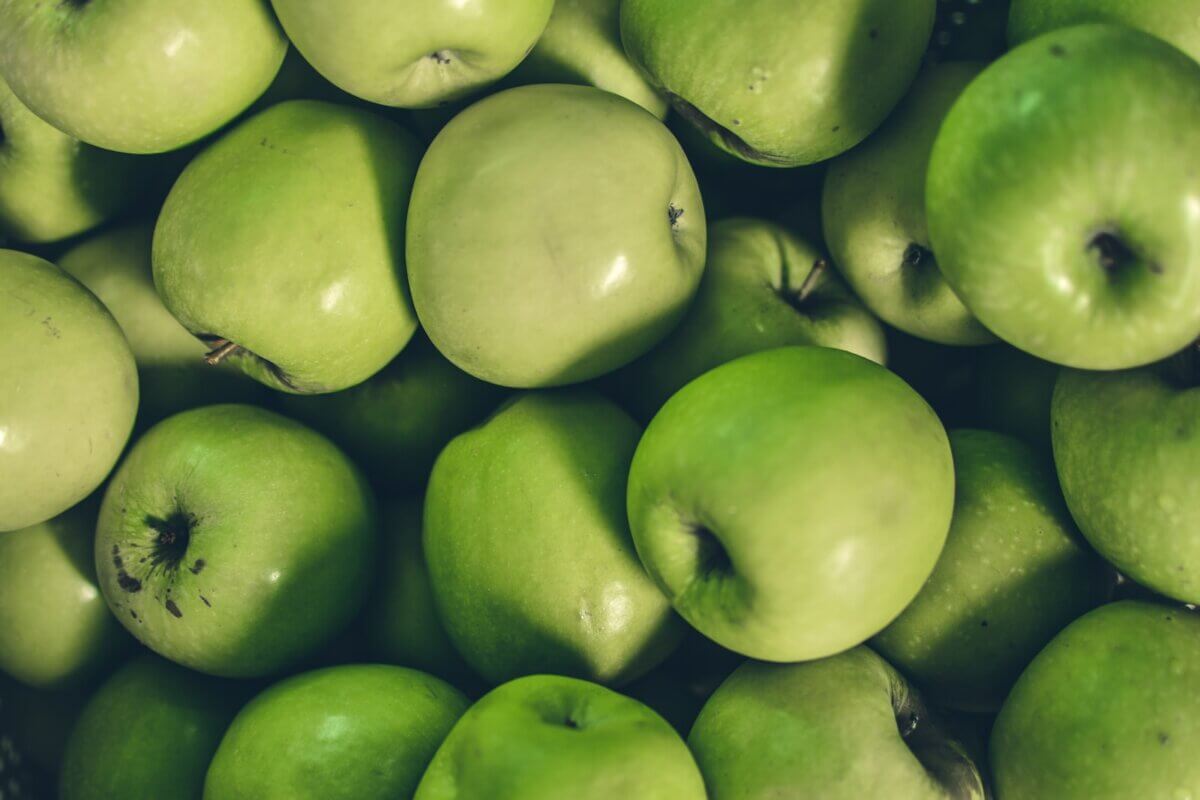
Earlier this year, I was working out in the field with a partner who would eat the entire apple. I never questioned her on it, and quietly sat by as she would politely ask me for my apple cores and devour them in front of me. My “leftovers” became her snack. I never questioned it, that is, until the day I finally did — ha!
My field partner told me the entire apple is edible, core and all. She informed me that the core of the apple actually holds the most nutritious parts of the fruit and is rich in probiotics that are good for your gut microflora. This does make sense from an evolutionary standpoint. Of course the most nutritious part would be stored next to the seeds. It’s a preparation to help the longevity and success of the seedling tree. She said the common misconception that seeds contain cyanide is why people believe the core to be inedible.
If you’re unfamiliar, cyanide is a poison that is toxic. The toxicity level depends on the form (i.e., gas, solid) and the amount present, but regardless, it is toxic. Apple seeds contain minute traces of cyanide as a defense mechanism and reproductive strategy. Only there is such a miniscule amount of cyanide present in the seeds of an apple that you would have to eat hundreds of seeds by the handful to poison yourself enough to be sick.
But alas, because of the seeds containing cyanide, the entire core of the apple has been labeled as inedible to avoid any accidental poisoning. It’s really a bummer. People are throwing out a third of the edible fruit and missing out on the most valuable part, nutritionally speaking.
I believe another reason people don’t tend to eat the core is because it’s chewy and can get lodged in your teeth. It definitely was a hindrance to my trying this method of eating apples. On top of that, the base of the apple (opposite to where the stem is located) always threw me off because I didn’t understand what that part was. It turns out, this is where the flower bud was that gave rise to the fruit forming. The little leaflets left over on the underside of the apple are the leftover pieces of the flower. That’s sort of sweet.
A month or so after my field job ended and I was no longer around my core-eating friend, I finally decided to try it myself. I was pleasantly surprised and can recall thinking over and over that I couldn’t believe I hadn’t been eating apples like this my entire life. It really isn’t that big of a deal.
** If you choose to eat an apple this way, be sure to pick out the seeds.


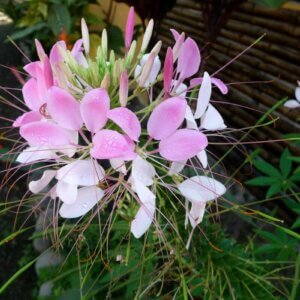
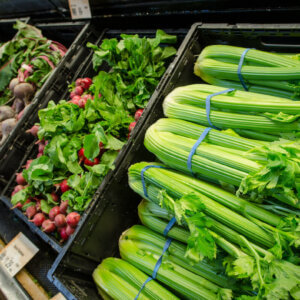




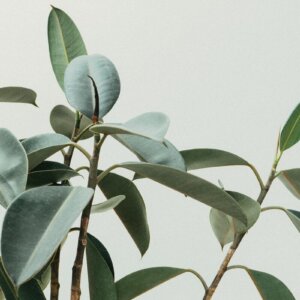
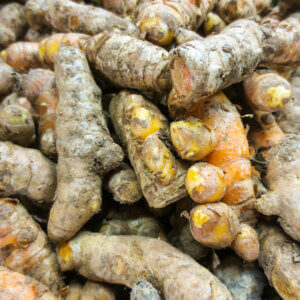
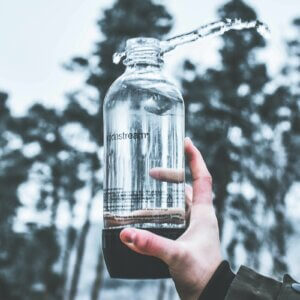
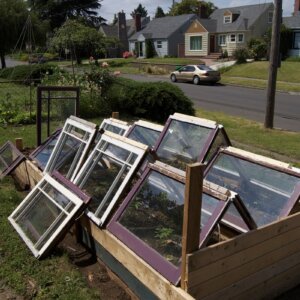
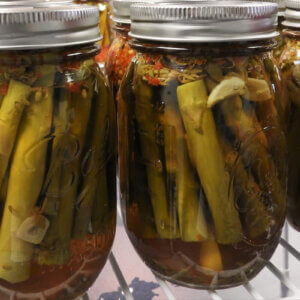
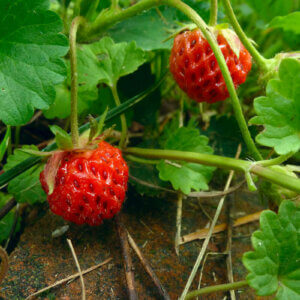
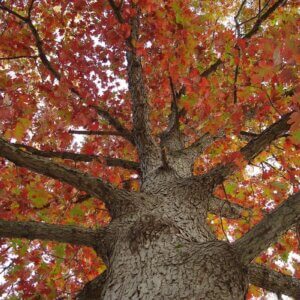
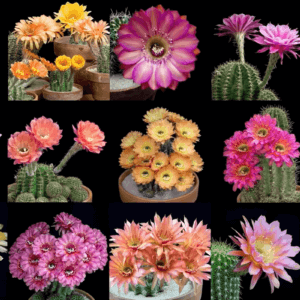

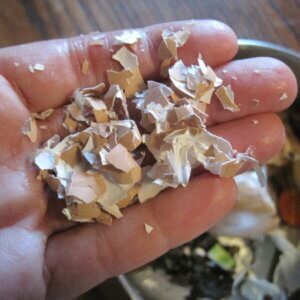

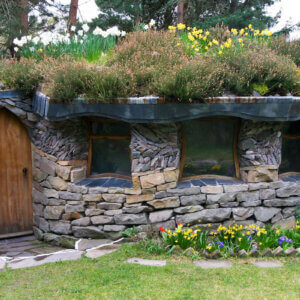
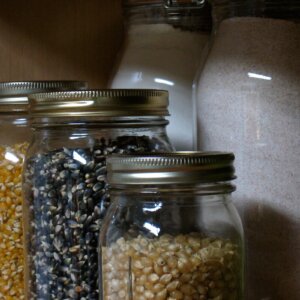
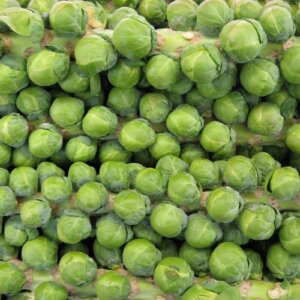

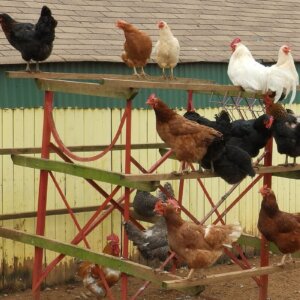
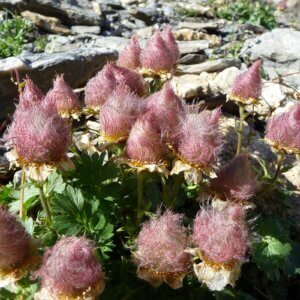



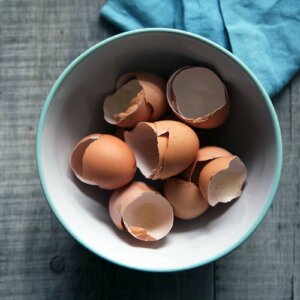
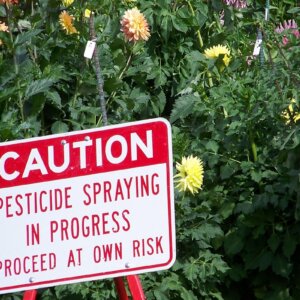


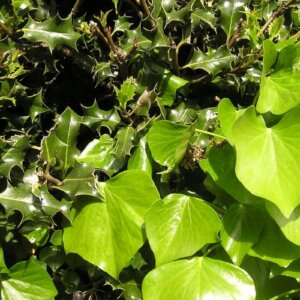







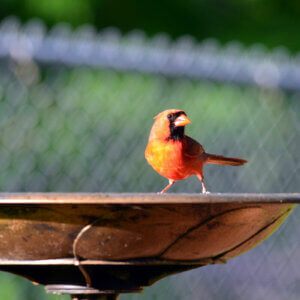

Leave a Reply